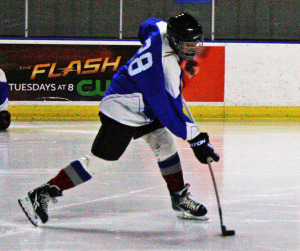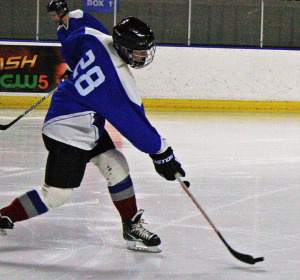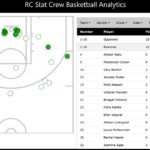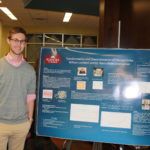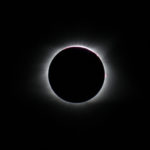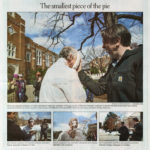There is an old saying that “the camera does not lie.” Putting aside the fact that PhotoShop does, the use of high-speed photography has revealed some fascinating facts. MCSP has such a camera; although it is very low resolution, we did capture a rubber band oscillating and verified the mathematical solution (found in Math 332) that on a vibrating string all points move at the same speed. It is a surprising fact, and seeing it in a video is very cool.
The above picture was taken with a standard camera, but it, too, reveals a surprising fact. Check out the stick, starting at the ice and then going through the bottom hand and up to the top hand. It is bent nearly thirty degrees! This is visual confirmation that the hockey slap shot is a very complicated process.
The relevant concept from Physics is potential energy. The bending of the hockey stick acts like a spring storing energy, and then straightening out and slinging the puck toward the net. High-speed photography has shown that the stick and puck actually make and break contact several times as they flex and change speeds. Notice in the bottom picture that the puck and stick stay in close proximity for a long time.
If you want to learn more about the physics of the hockey slap shot and other collisions, take Physics 103 or 201 or Dr. Roland Minton’s May term course called The Science of Sports.
If you want to learn how to execute a good slap shot, talk to Physics professor Dr. Richard Grant. He is #28 in these pictures (but #1 in our hearts)!
